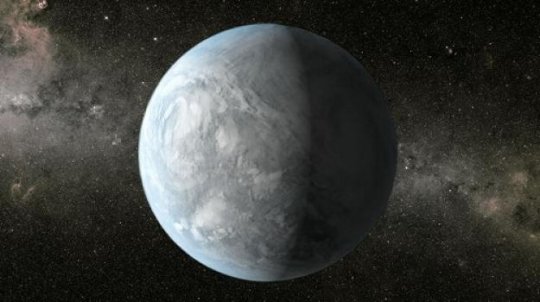A team of scientists has discovered two Earth-like planets in the habitable orbit of a Sun-like star.
Using observations gathered by NASA’s Kepler Mission, the team found five planets orbiting a Sun-like star called Kepler-62. Four of these planets are so-called super-Earths, larger than our own planet, but smaller than even the smallest ice giant planet in our Solar System. These new super-Earths have radii of 1.3, 1.4, 1.6, and 1.9 times that of Earth. In addition, one of the five was a roughly Mars-sized planet, half the size of Earth.
Kepler-62 is one of about 170,000 stars observed by the Kepler Space Telescope, with a mass about 69% of that of our Sun. The Kepler Space Telescope reveals for planets orbiting a star by detecting a small, temporary dimming of the star as a planet passes between it and the telescope.
The two super-Earths with radii of 1.4 and 1.6 Earth radii orbit their star at distances where they receive about 41% and 120%, respectively, of the warmth from their star that the Earth receives from the Sun. The planets are thus in the star’s habitable zone; they have the right temperatures to maintain liquid water on their surfaces and are theoretically hospitable to life.
Theoretical modeling of the super-Earth planets, Kepler-62e and Kepler-62f, suggests that both could be solid, either rocky–or rocky with frozen water.
“This appears to be the best example our team has found yet of Earth-like planets in the habitable zone of a Sun-like star,” Boss said.
Source: Science daily
N.H.Kh

